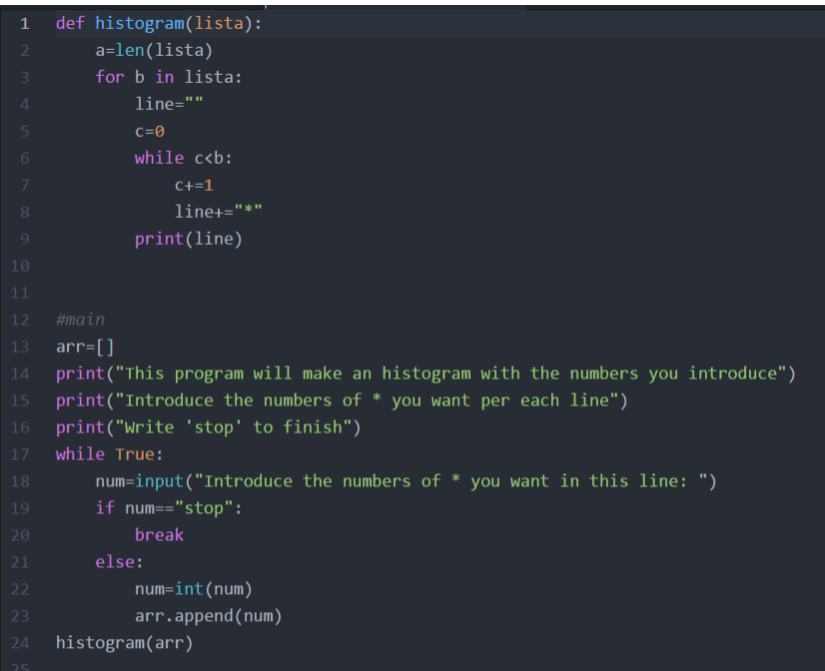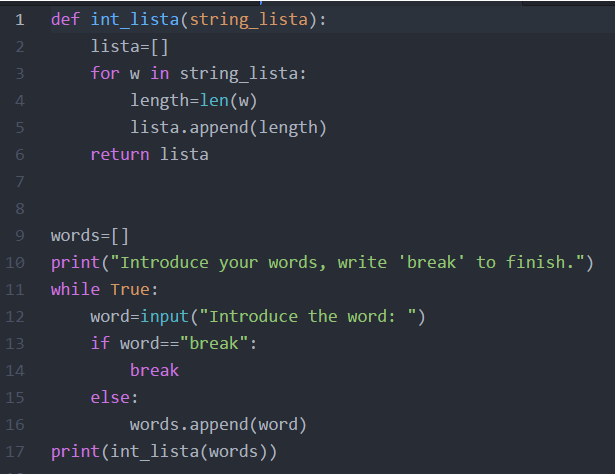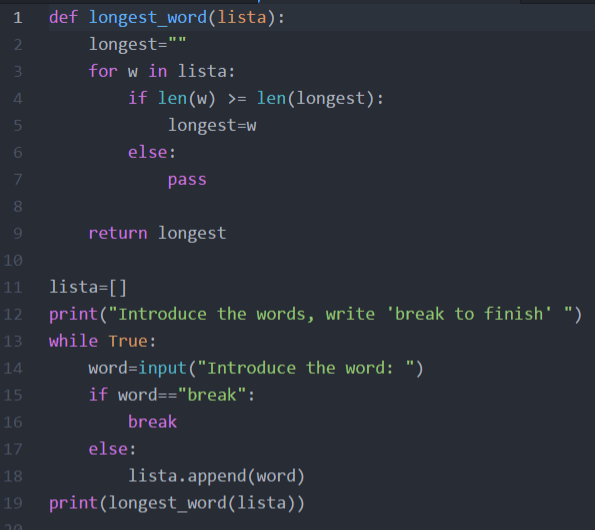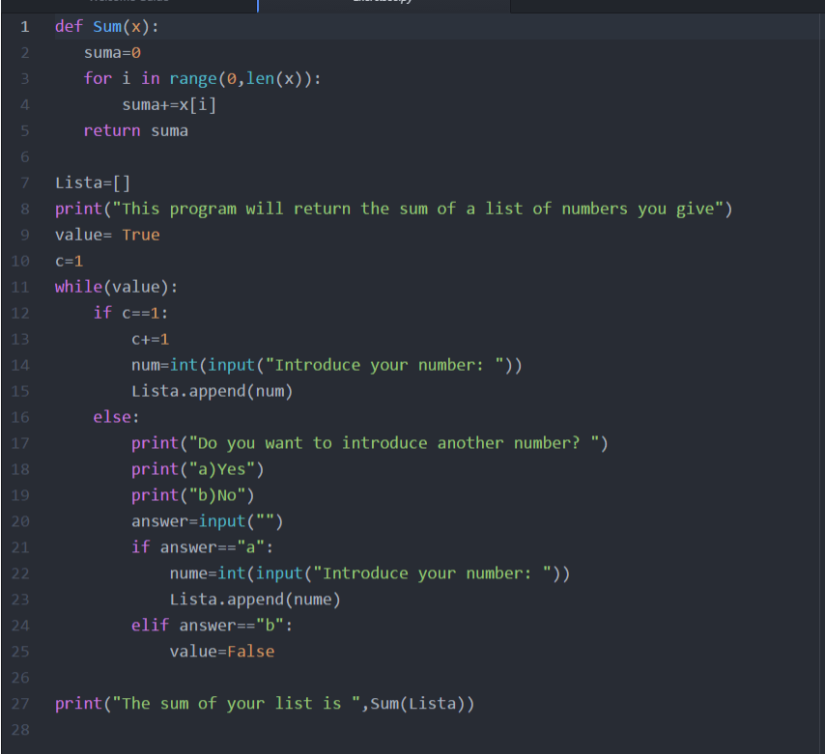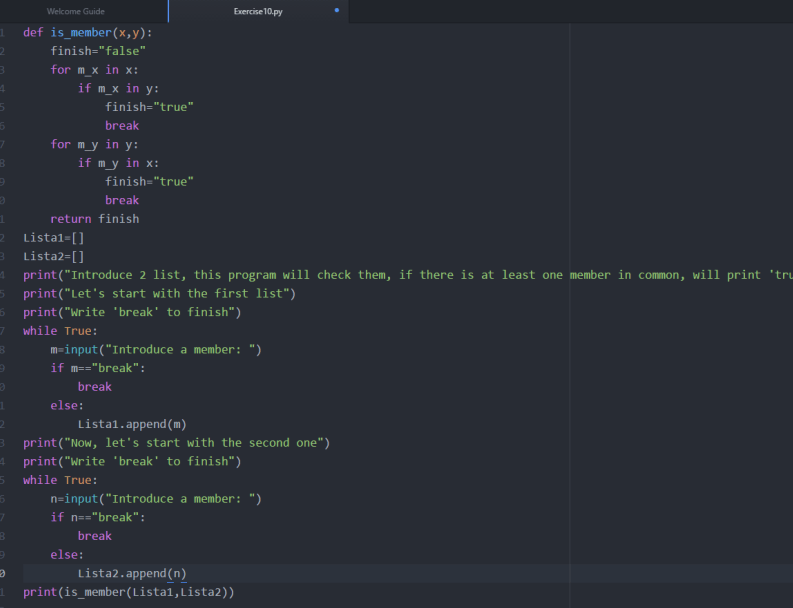--Originally published at Home Page
21. Write a function char_freq() that takes a string and builds a frequency listing of the characters contained in it. Represent the frequency listing as a Python dictionary. Try it with something like char_freq(“abbabcbdbabdbdbabababcbcbab”).
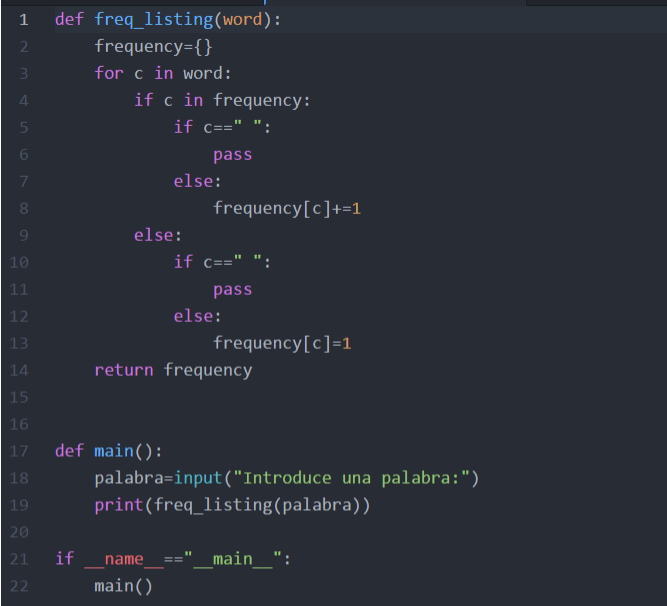
Note: The use of the last two lines i took because a friend recommended me to, you should check his blog, he has interesting stuff!
https://elusblog.wordpress.com/
22. In cryptography, a Caesar cipher is a very simple encryption techniques in which each letter in the plain text is replaced by a letter some fixed number of positions down the alphabet. For example, with a shift of 3, A would be replaced by D, B would become E, and so on. The method is named after Julius Caesar, who used it to communicate with his generals. ROT-13 (“rotate by 13 places”) is a widely used example of a Caesar cipher where the shift is 13. In Python, the key for ROT-13 may be represented by means of the following dictionary:
key = {‘a’:’n’, ‘b’:’o’, ‘c’:’p’, ‘d’:’q’, ‘e’:’r’, ‘f’:’s’, ‘g’:’t’, ‘h’:’u’,
‘i’:’v’, ‘j’:’w’, ‘k’:’x’, ‘l’:’y’, ‘m’:’z’, ‘n’:’a’, ‘o’:’b’, ‘p’:’c’,
‘q’:’d’, ‘r’:’e’, ‘s’:’f’, ‘t’:’g’, ‘u’:’h’, ‘v’:’i’, ‘w’:’j’, ‘x’:’k’,
‘y’:’l’, ‘z’:’m’, ‘A’:’N’, ‘B’:’O’, ‘C’:’P’, ‘D’:’Q’, ‘E’:’R’, ‘F’:’S’,
‘G’:’T’, ‘H’:’U’, ‘I’:’V’, ‘J’:’W’, ‘K’:’X’, ‘L’:’Y’, ‘M’:’Z’, ‘N’:’A’,
‘O’:’B’, ‘P’:’C’, ‘Q’:’D’, ‘R’:’E’, ‘S’:’F’, ‘T’:’G’, ‘U’:’H’, ‘V’:’I’,
‘W’:’J’, ‘X’:’K’, ‘Y’:’L’, ‘Z’:’M’}
Your task in this exercise is to implement an encoder/decoder of ROT-13. Once you’re done, you will be able to read the following secret message:
Pnrfne pvcure? V zhpu cersre Pnrfne fnynq!
Note that since English has 26 characters, your ROT-13 program will be able to both encode and decode texts written in English.

23. Define a simple “spelling correction” function correct() that takes a string and sees to it that 1) two or more occurrences of the space character is compressed
Continue reading "46 exercises!!! 21-25!" →
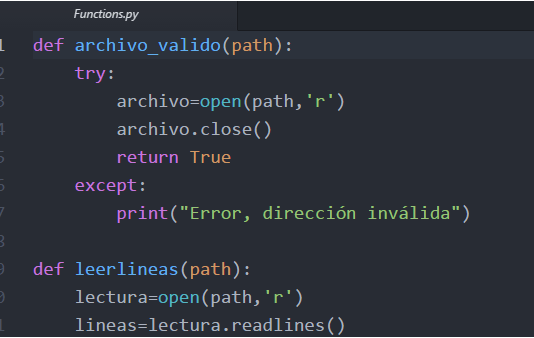 aa
aa
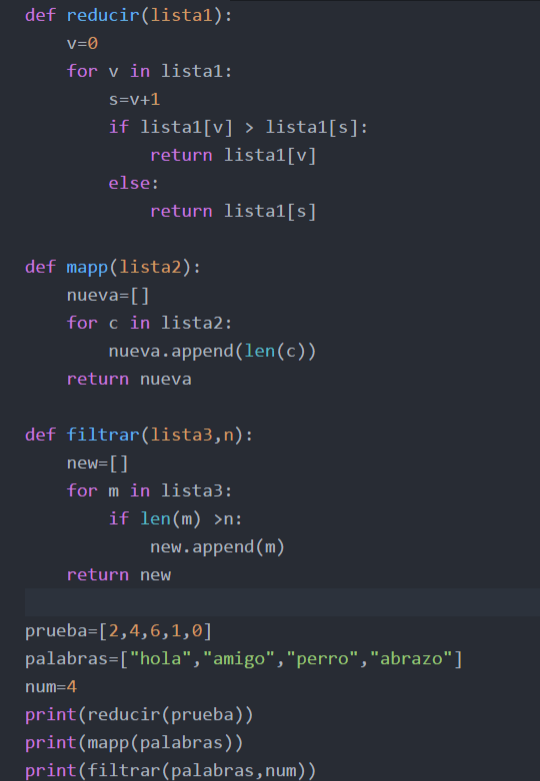
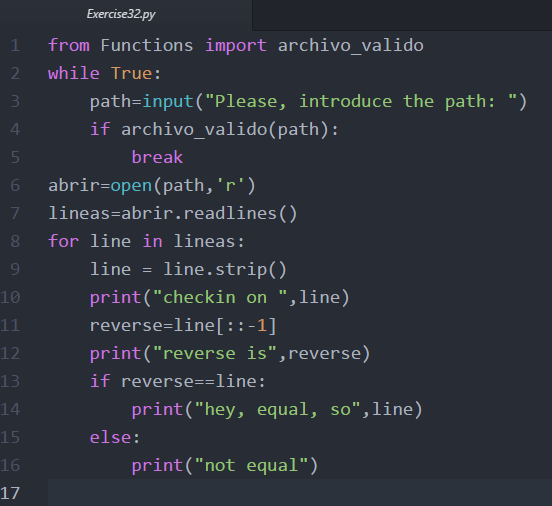
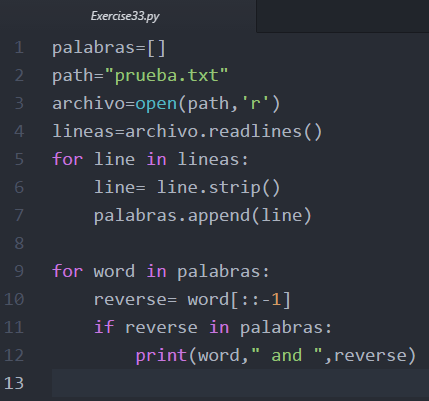


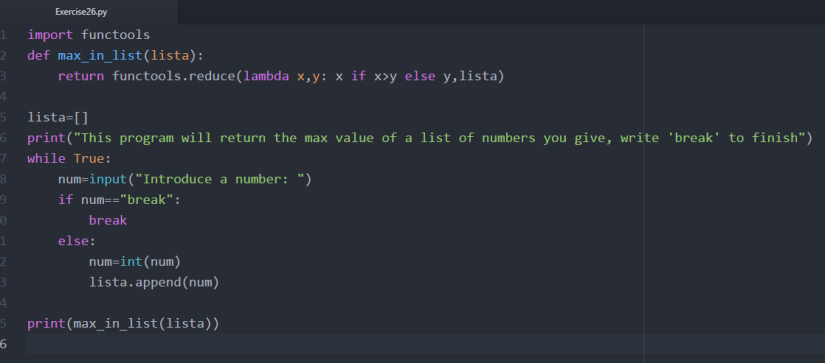



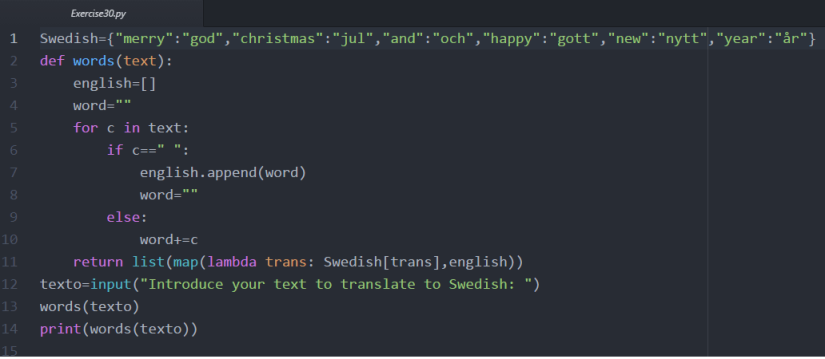


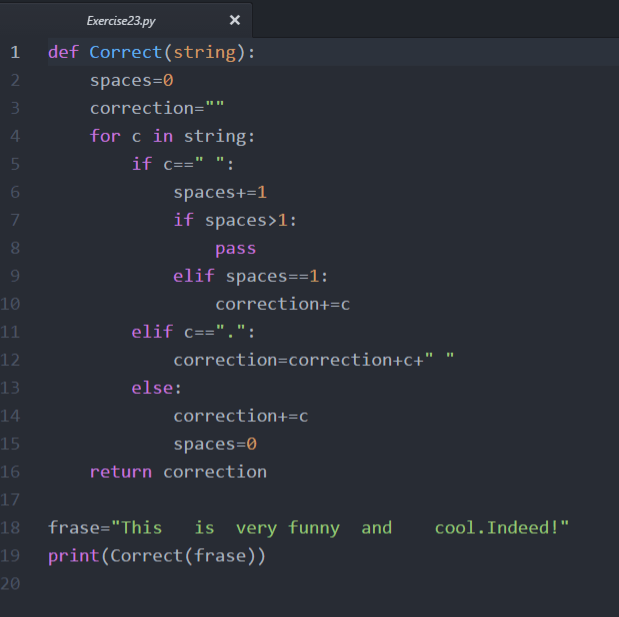
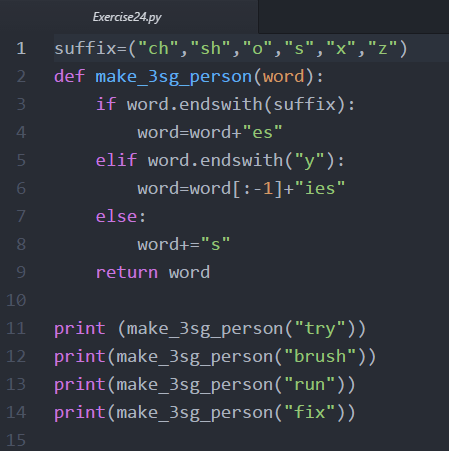
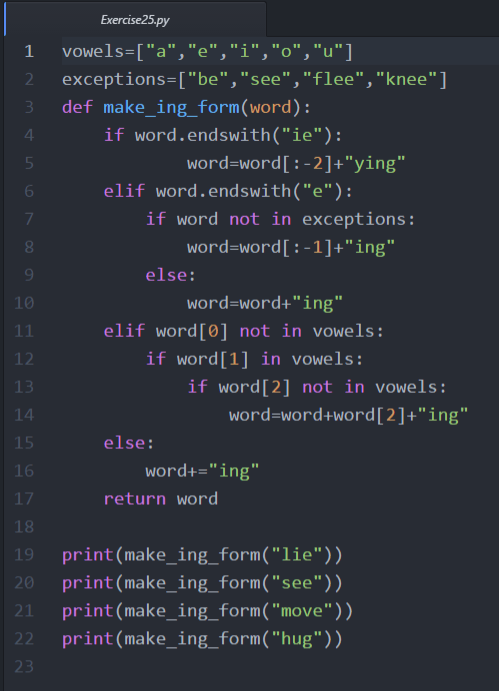
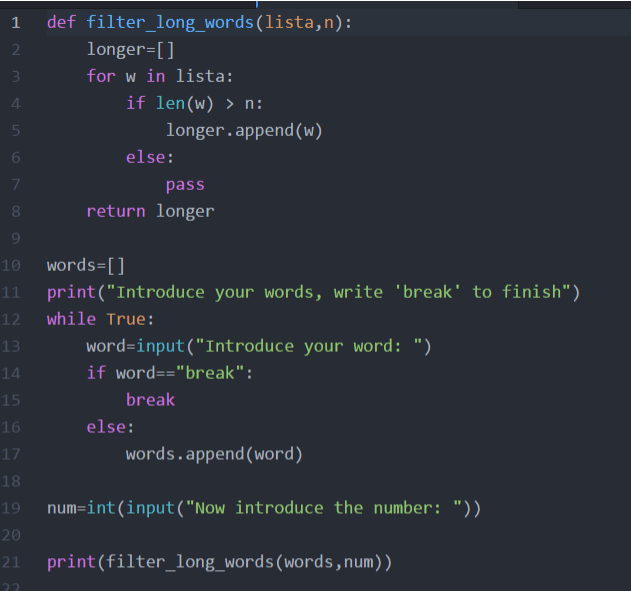
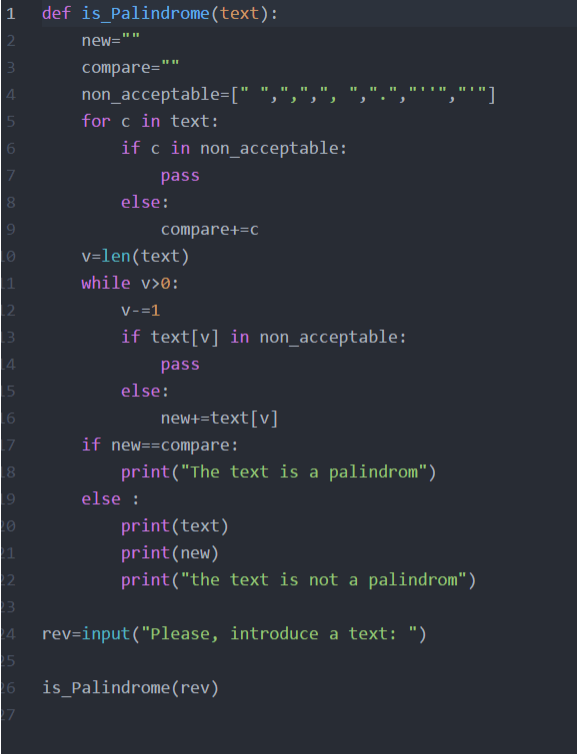
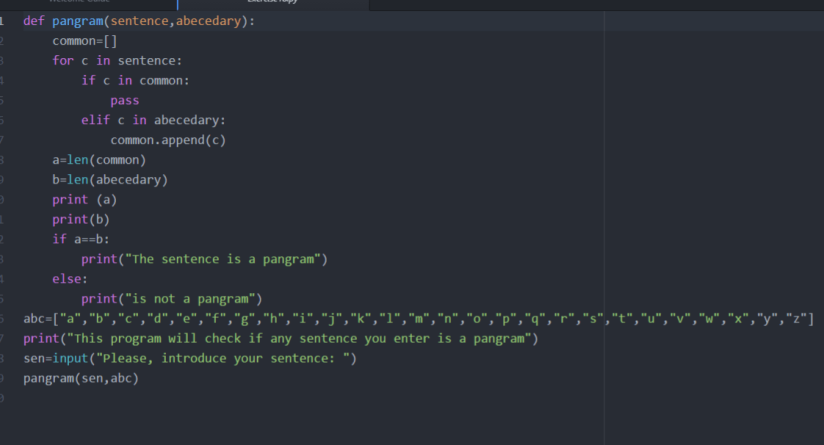

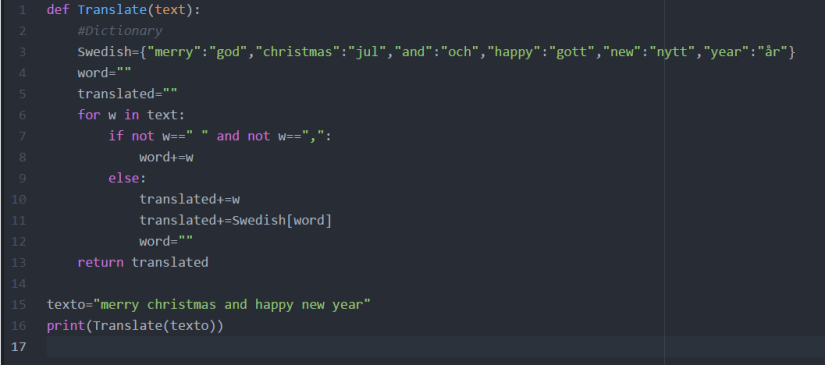
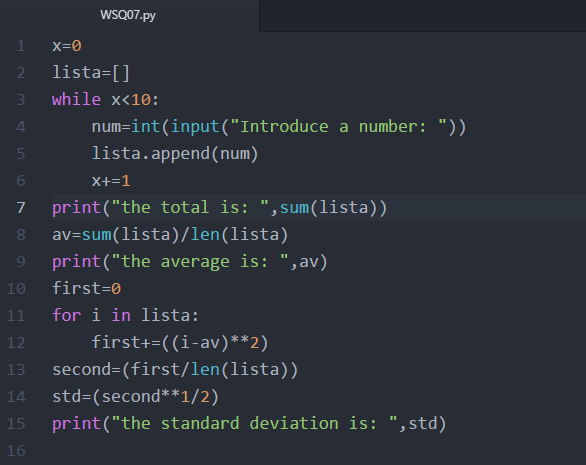 .
.
